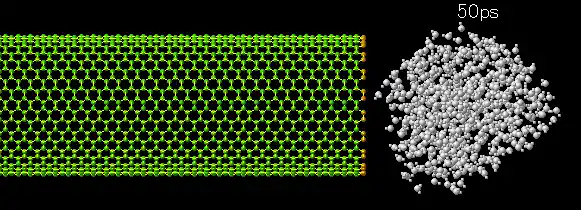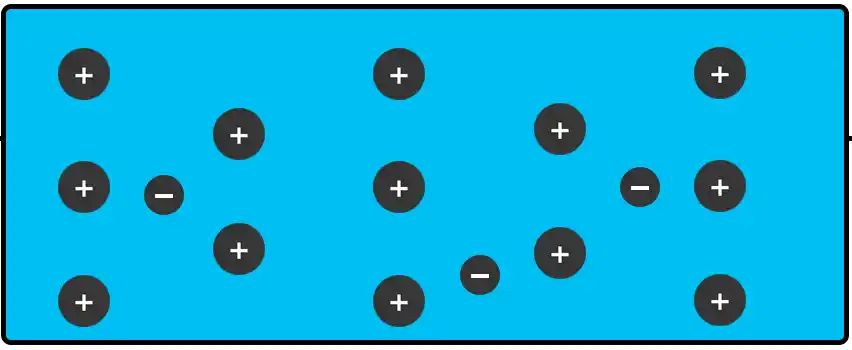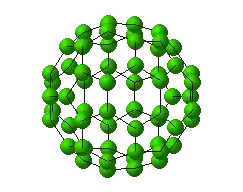افشین رشید
اُستادیار ؛ عضو هیات علمی دانشگاه آزاد اسلامی واحد علوم و تحقیقات تهران
573 یادداشت منتشر شدهHow to Make Nanoelectric Arrays From ( Fullerine Molecules , So-called Fullerene Peapods)

Note: The structure and electronic properties of hollow single-walled nanotubes (SWNT) and SWNT filled with fullerene molecules (also called nanopeapods) are unique to this type of metallic SWCNT nanotubes and are dedicated to superconductivity with metallic or conductive electrodes.Nanopeapods are carbon nanotubes enclosing fullerene molecules, which can offer enhanced performance over bare CNT nanotubes. Their applications include, for example, data storage devices, single-electron transistors, and spin-qubit arrays for quantum computing. The nanotubes are trapped by fullerenes, which is an obstacle to peapods reaching their full potential in nanoscale electronic applications.

This class of carbon nanotubes is called Peapod, which has buckyball-like bullets embedded in the shell and inside the carbon nanotube. This class is the latest class of carbon nanotube CNT structures. In the empty CNT carbon nanotubes, we find an unusual temperature dependence of the Coulomb confinement oscillations, indicating the existence of a nanoelectromechanical coupling between the electronic states of the nanotube and the mechanical vibrations of the fullerenes .

The interplay between electrical and mechanical excitation in peapods, resulting in the emergence of a new class of nanoelectromechanical systems. Single-walled carbon nanotubes (SWNTs) that incorporate arrays of fullerene molecules , the so-called fullerene peapods.
Conclusion :
It is a nanoelectromechanical coupling between the electronic and quantum states of carbon nanotubes (CNTs) and the mechanical vibrations of fullerenes. Carbon peapods are hybrid nanomaterials consisting of spherical fullerenes enclosed in a CNT . They are named because of their resemblance to the seeds of the pea plant. Since the properties of carbon rocks are different from those of nanotubes and fullerenes, carbon peapods can be recognized as a new type of self-assembled graphene structure.